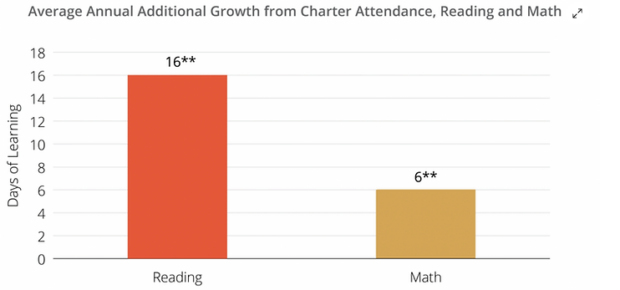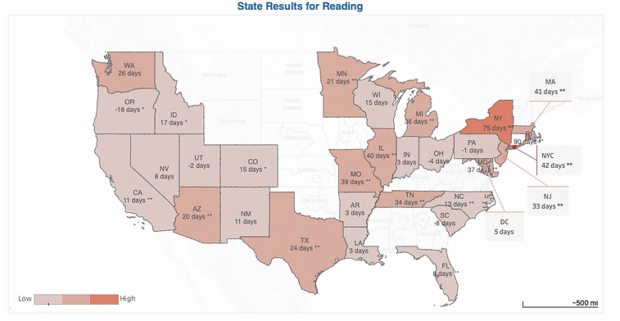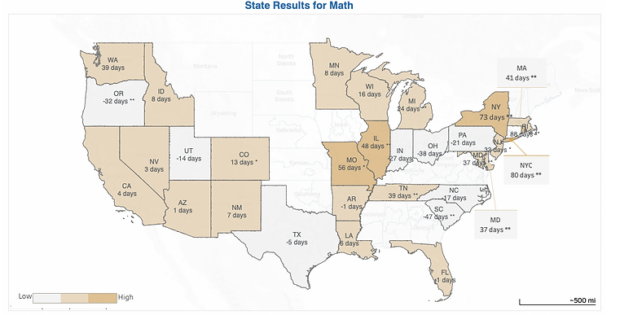Public charter schools are making a positive difference. That’s the main conclusion from Stanford’s Center for Research on Educational Outcomes (CREDO) analysis.
The CREDO study has been produced three times – once in 2009, again in 2013 and the latest version in 2023. More than 3.7 million students across 43 states attend charter schools, including in Idaho and Washington. Montana has just recently legalized public charter schools.
Charter schools are public schools that operate under governing board that are separate and distinct from local school districts. Doing so allows for flexibility, even as the charter schools must submit to accountability reviews to remain open.
Some of Idaho’s charter schools are considered the best in the state. Still, opponents have used previous versions of the CREDO analysis as well as other studies to call into question the effectiveness of charter school education. That ends now.
The latest CREDO study shows increases in outcomes for just about every student category in nearly all states. The typical charter school student had math and reading gains that outpaced peers in traditional public schools. In math, charter schools advanced learning by an additional six days. In reading, charter school students advanced 16 days of learning each year.

While these numbers are national averages, certain state by state data shows even stronger gains. Idaho’s charter school students gained an additional 17 days of learning in reading. Washington’s advancement approached 30 days. In Math, Washington students advanced almost 40 days while Idaho students advanced eight.


Researchers at Stanford say the work specifically focuses on a specific outcome – whether the students are making progress over the academic year.
Do all students benefit? The CREDO research shows:
- Black and Hispanic students in charter schools advance more than their TPS peers by large margins in math and reading.
- Multiracial, Native American and White students in charter schools show equivalent progress to their TPS peers in reading but have weaker growth than their TPS peers in math.
- Asian students in charter schools showed similar growth to their TPS peers.
- Charter school students in poverty had stronger growth.
- English-language learner students attending charter schools had stronger growth.
- Students receiving special education services had significantly weaker growth in both math and reading.
Because the CREDO research has been consistently reviewing the performance of charter schools for more than 15 years, it can certainly be labeled one of the most if not the most credible of major charter school students.
“Findings from the 2023 report take on even more weight when considered in the historical context of the 15 years we have studied the impact of charter schools. Between the 2009 and 2023 studies, against a backdrop of flat performance for the nation, the trend of learning gains for students enrolled in charter schools is both large and positive. Over the 15 years covered by the studies, the reading growth of students in charter schools rose by 23 days of learning each year. In the same period, student learning in math increased by 37 days of learning each year.”
